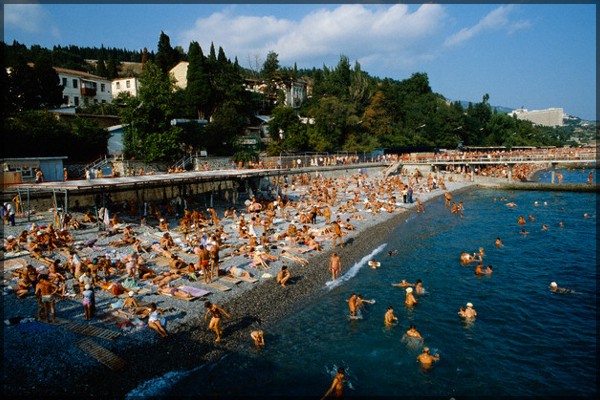Kanastrous wrote:I wonder if the Soviets repatriated the remains of the original crew.
Yes, we did; Pelranius should've posted a description and I got too lazy to bunk up one, but basically, we returned all the remains. I'll run through the boat's long life then.
Laid down 21 September 1917 on "Fairfield Shipbuilding & Engineering Company" in Glasgow, commissioned on 19th December 1918.
In 1919 the boat took part in the intervention in the Russian Civil War acting against the RKKF. On 4th of June, 1919, 17.37 the L-55 under the command of Charles Champan attacked two destroyers, "Azard" and "Gavriil" from a distance of 5 cable lengths in the Kopor inlet. After the shot the boat rose on the surface and it was fired on by "Azard". While submerging, the boat collided with an english sea mine. The boat then exploded at 32 m below surface, all hands lost.
(The crew of the "Azard" at first claimed the kill as their own, until the boat was raised it was the official version and the gunnery crew was awarded with Orders of the Red Banner)
In the end of 1926, the sub was discovered by chance by "Kluz" and "Zachitnik", two mineships, and on 21st November 1927 first looked upon by the aquanauts of the EPRON.
27th April 1928, the decision to raise the boat was made, on 10th of June the works started. On 11th of August 1928 it was raised by the lifting ship "Kommuna", and driven to Kronshtadt docks. During the cleanup, bodies of 34 men were found, which were delivered to the British side on early September, moved on the British merchantman Truro, and on 8th September 1928 on board of HMS "Champion" they were finally moved home. The crew was buried in a communal grave at Haslar Royal Naval Cemetery in Portsmouth on 7 September 1928.
Bodies are transferred:

The restoration of L-55 was done by the Baltic factory. The financing (1 million roubles) came from the "Our answer to Chamberlain" fund'.
Considering that the L-55 submarine was built with the experience of WWI already in mind, and that during the post-war arms reduction Great Britain left all boats of this type in service, the sub was carefully studied by Soviet specialists. When projecting the boats of II and III series, the best solutions of the British constructors were used.
In 1931, the boat was visited by the People's Commisar for Defense K.E. Voroshilov. On 31st July (or 7th of August) of 1932 the boat was commissioned into the Baltic fleet under the L-55 designation. On 10th December 1932 the english "L" was exchanged for a Russian "Л" for the sake of simplifying paperwork.
In 1934-1935 the boat was repaired with native Vickkers engine replaced by Soviet 42BM6 diesels.
The boat was used as a training one, on 10th January it was transferred from the active duty as a trial boat.
On 22 June 1941 the L-55 was under the command of Braun Ilya Yakovlevich (until July 1st 1941), in the Separate submarine training brigade. On 8th of August 1941 the submarine was transferred for conservation to the harbor of Kronshtadt, in September same year transferred to Leningrad. On 14th February 1942 during the artillery strikes it received shrapnel damage from an explosion of fuel tanks nearby.
On 11th or 7th of May 1943 the L-55 was returned to duty as a self-propelled ammo carrier. In early 1944 it was transferred to Hanko island, where it served as a supply boat for the Baltic fleet submarines.
On 16th of February 1945 it was stricken from the fleet. On 8th of April, 1947, the boat was conserved and on 25th September 1950 it was put for scuttling queue. In the year 1960 the hull was finally scuttled.


